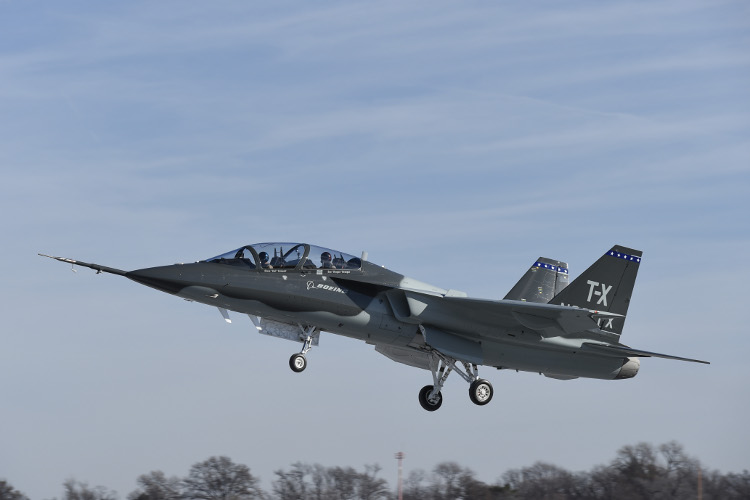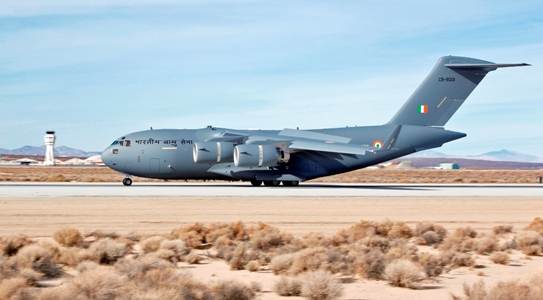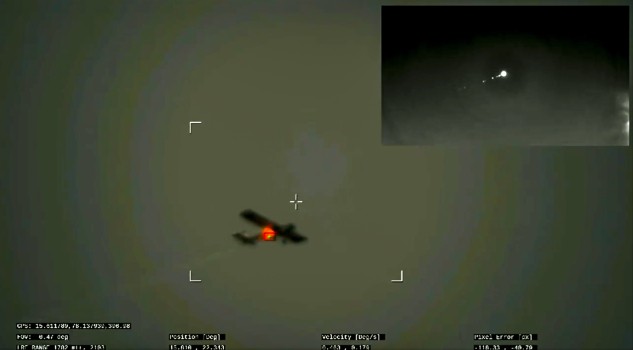Agni V long-range ballistic missile being flight tested. A file photo
BALASORE, ODISHA (PTI): India on Monday successfully test-fired its nuclear-capable, inter-continental ballistic missile (ICBM) Agni 5, that has a range of over 5,000 km covering whole of China, from the Abdul Kalam island off Odisha coast.
Defence sources said that the successful test-firing will pave the way for user trial of the most potent Indian missile and its eventual induction into the country's Strategic Forces Command (SFC).
The three-stage, solid propellant surface-to-surface missile was test-fired from a mobile launcher from launch complex-4 of the Integrated Test Range (ITR) at about 1105 hours IST, DRDO sources said.
About 17-metre long and weighing over 50 ton, the nuclear-powered ballistic missile majestically rose from the confines of its canister flawlessly and achieved all targets, the sources said.
It is the fourth developmental and second canisterised trial of the long-range missile.
While the first test was conducted on April 19, 2012, the second was on September 15, 2013 and the third on January 31, 2015 from the same base.
Among the missiles of Agni series, the latest Agni-5 is the most advanced having some new technologies incorporated with it in terms of navigation and guidance, warhead and engine, the sources said.
Lot of new technologies developed indigenously were successfully tested in the trial. The very high accuracy Ring Laser Gyro based Inertial Navigation System (RINS) and the most modern and accurate Micro Navigation System (MINS) had ensured the missile reached the target point within few meters of accuracy.
The high speed on-board computer and fault tolerant software along with robust and reliable bus guided the missile flawlessly, said a DRDO official.
The missile is so programmed that after reaching peak of its trajectory, it turns towards earth to continue its journey towards the intended target with an increased speed due to the attraction of earth's gravitational pull and its path precisely directed by the advanced on-board computer and inertial navigation system.
The atmospheric air rubbing the skin of the missile during the re-entry phase raises the temperature to beyond 4,000 degree Celsius.
However, the indigenously designed and developed carbon-carbon composite heat shield continues to burn sacrificially protecting the payload, maintaining the inside temperature below 50 degree Celsius.
Finally, commanded by the on-board computer with a support of highly accurate ring laser gyro based inertial navigation system, the most modern micro inertial navigation system (MINS), fully digital control system and advanced compact avionics, the missile hit the designated target accurately, meeting all mission objectives, they said.
The ships located in midrange and at the target point tracked the vehicle and witnessed the final event. All the radars and electro-optical systems along the path monitored all the parameters of the missile and displayed in real time, the sources said.
The first two flights of Agni-5 in 2012 and 2013 were in open configuration and had already proved the missile.
The third test in 2015 and Monday's launch from a canister integrated with a sophisticated mobile launcher were in its deliverable configuration that enables launch of the missile with a very short preparation time as compared to an open launch, they said.
It also has advantages of higher reliability, longer shelf life, less maintenance and enhanced mobility.
At present, India possesses Agni-1 with 700 km range, Agni-II with 2,000 km range, Agni-3 and Agni-4 with 2,500 km to more than 3,500 range in its armoury of Agni missile series.
 Previous Article
Previous Article Next Article
Next Article












The Indian Air Force, in its flight trials evaluation report submitted before the Defence Ministry l..
view articleAn insight into the Medium Multi-Role Combat Aircraft competition...
view articleSky enthusiasts can now spot the International Space Station (ISS) commanded by Indian-American astr..
view article